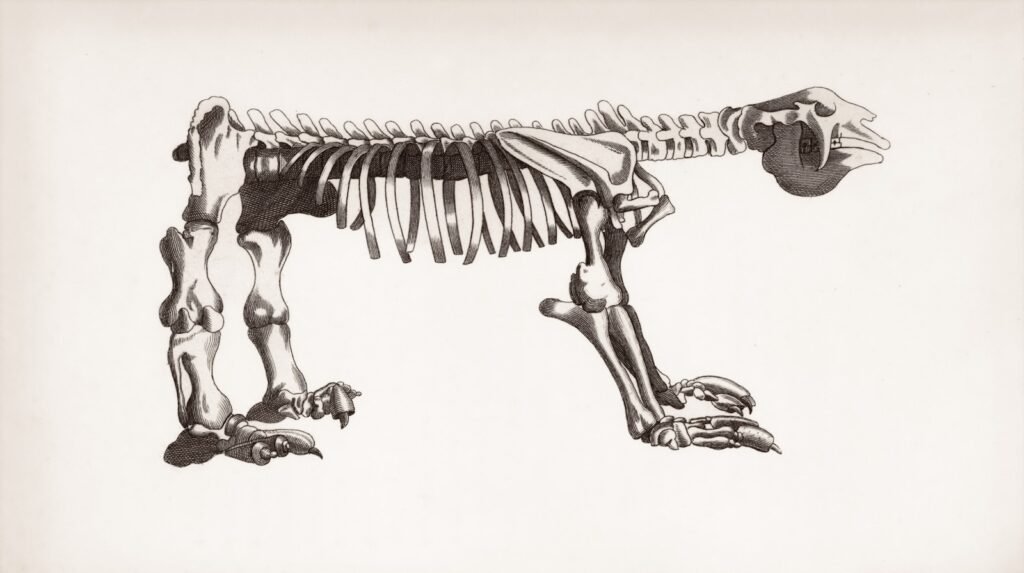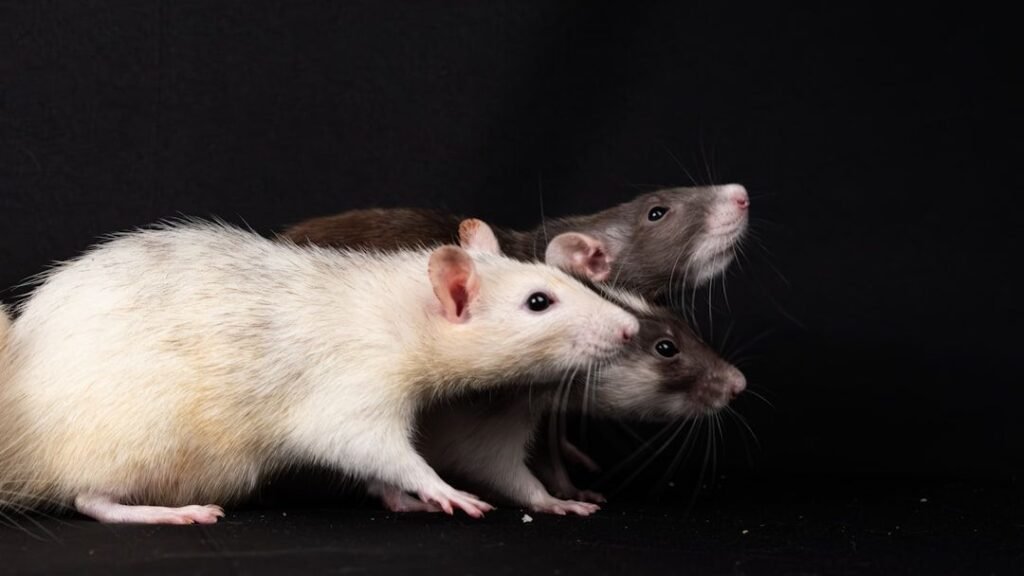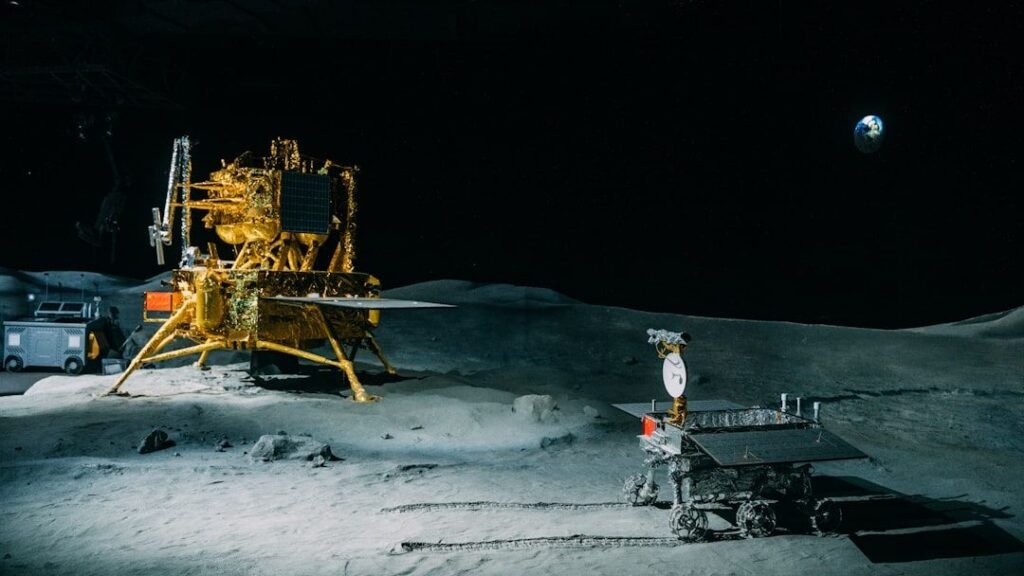Imagine staring into a skull that seems stitched together from different chapters of evolution: a turtle-like beak, a pair of tusk-like saber teeth, and the face of a distant mammal relative. The creature in question isn’t a cat, a pig, or a reptile, though at a glance you might guess all three. These were the dicynodonts – formidable plant-eaters that prowled Permian and Triassic landscapes long before true mammals emerged. Their story reads like a mystery that keeps handing scientists new plot twists, from elephant-sized bodies to surprisingly sophisticated jaws.
The Hidden Clues
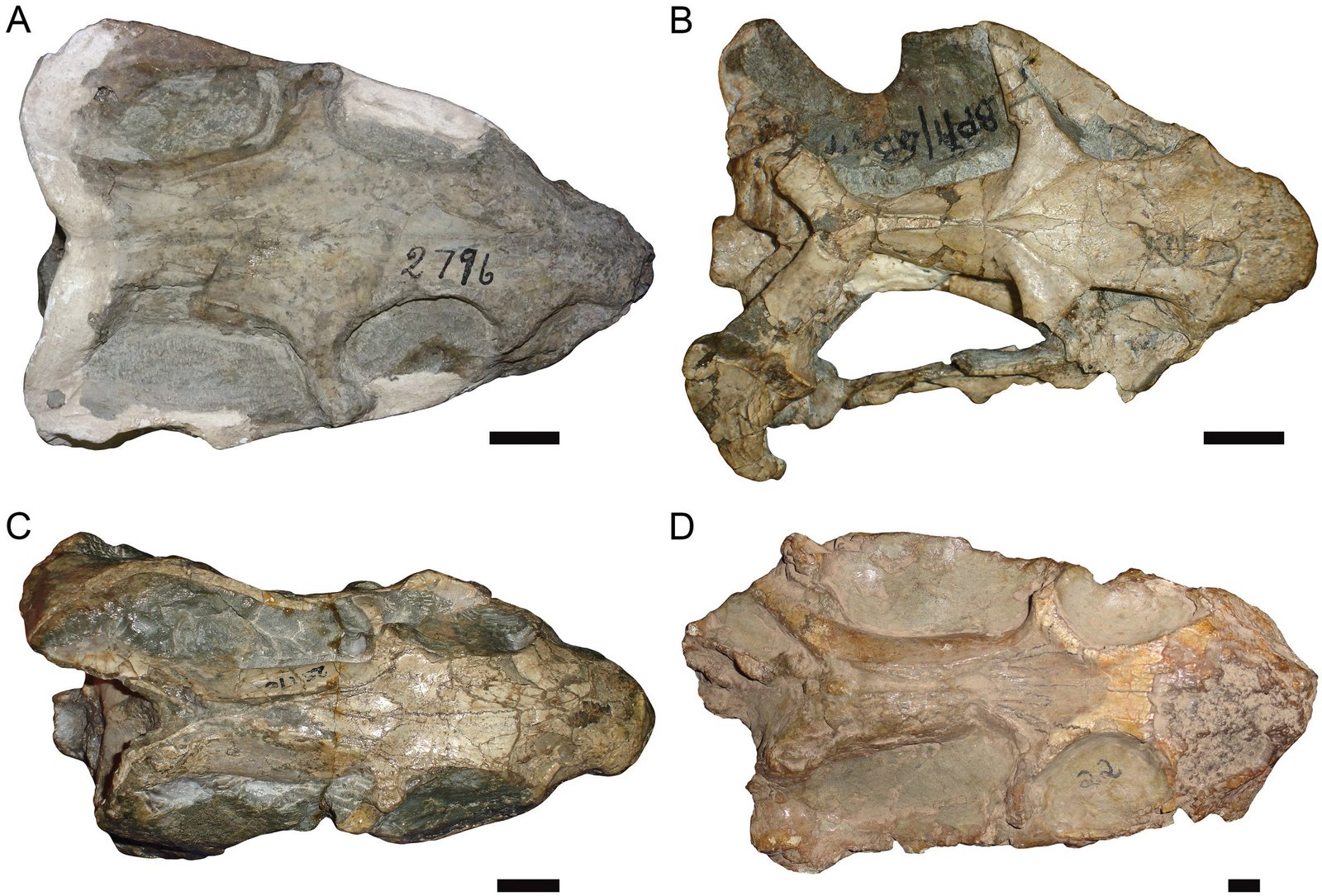
At first sight, dicynodont skulls look almost contradictory: a parrot-like beak for cropping plants paired with prominent canines elongated into tusks. Those tusks grew continuously, much like in modern elephants, while the beak helped slice stems and leaves with surprising efficiency. The rest of the teeth – typical molars and incisors – were largely absent, forcing paleontologists to rethink how these animals processed food. Bone sutures and muscle attachment scars point to powerful bite forces concentrated at the front of the mouth, where beak met tusk. That unusual pairing turns out to be a clever feeding system rather than a biological oddity.
Seen under magnification, tusk dentine records a lifetime of growth lines and stress events, a diary etched in calcium. Microscopic wear patterns on the beak hint at repetitive cropping rather than crushing, reinforcing the idea of specialized herbivory. It’s a reminder that “saber teeth” don’t always mean carnivore; form follows function, and here the function was plant-based.
From Ancient Tools to Modern Science
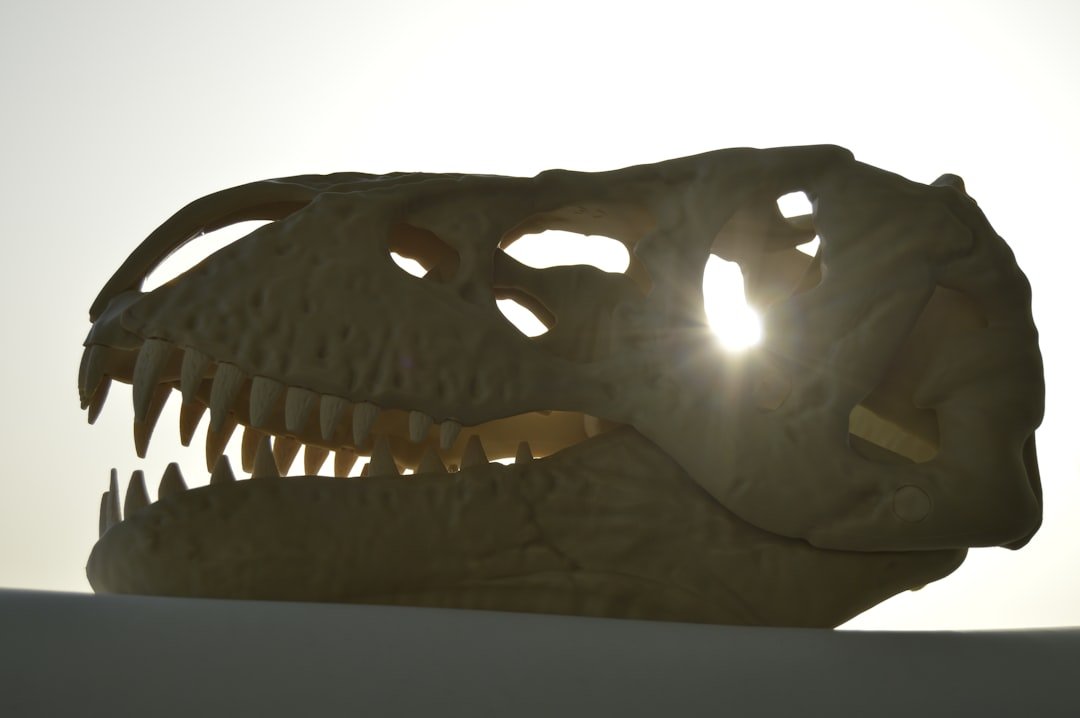
A generation ago, most dicynodont research leaned on comparative anatomy, plaster reconstructions, and careful drawings. Today, CT scans and 3D modeling let researchers peer inside tusks, trace nerve canals, and reconstruct jaw muscles with anatomical precision. Finite element analysis – borrowing methods from engineering – stress-tests virtual skulls to see how forces flowed through bone and beak. Isotope geochemistry helps track water sources and diet, turning tusks into climate proxies. What once required excavation and guesswork now involves digital labs and gigabytes of data.
I remember standing in a collections room holding a printed 3D skull half the weight of the original fossil; with a few clicks, we “disassembled” the jaw to watch the muscles work on-screen. That kind of hands-on, eyes-inside science gives the past a tactile immediacy, and it’s hard not to feel a jolt of awe when the digital jaw finally bites.
Anatomy of a Paradox: Beaks, Tusks, and an Herbivore’s Bite
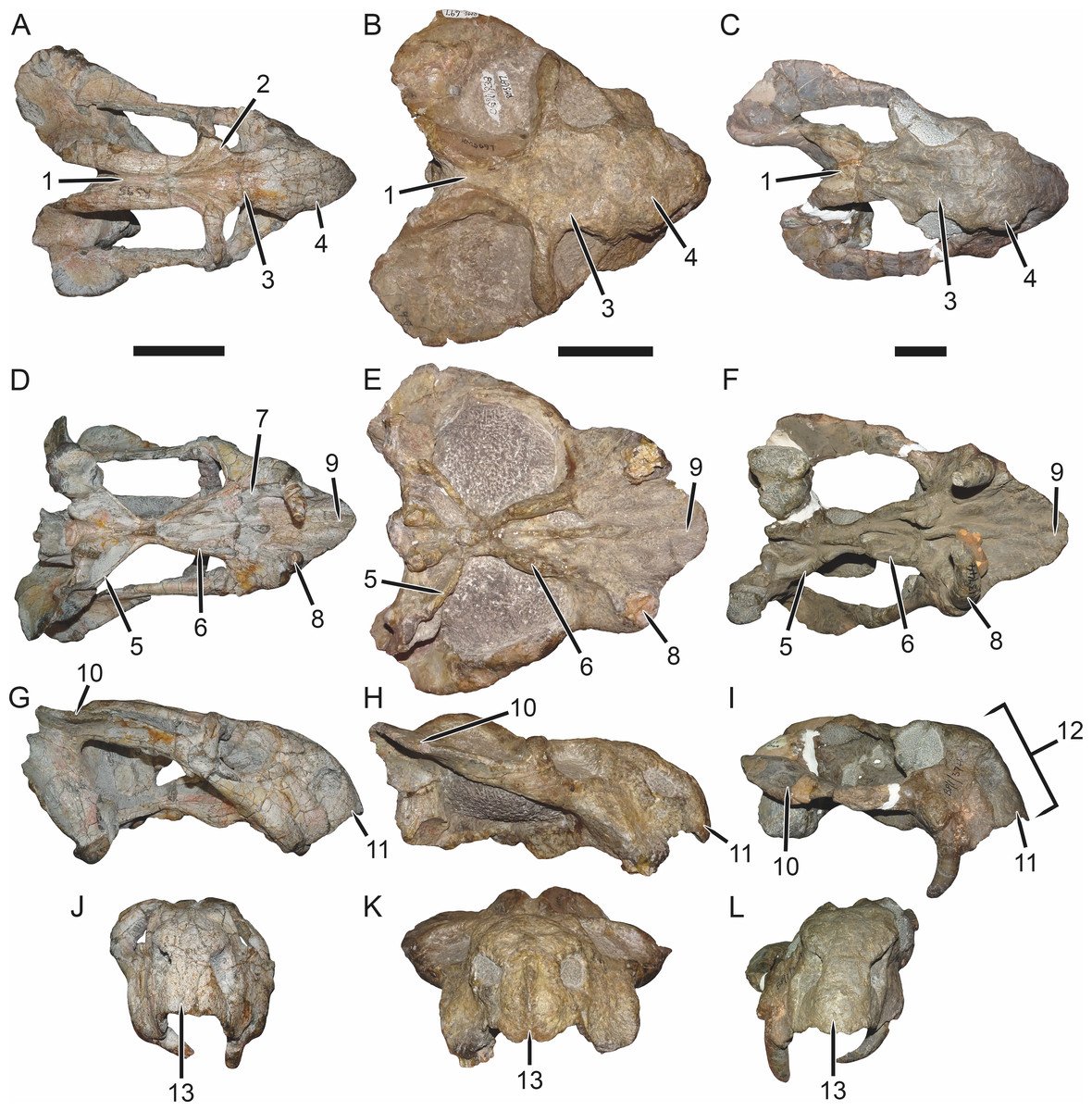
Beaks evolved many times in vertebrates, usually as lightweight cutting tools; dicynodonts took that idea and added tusks as multipurpose instruments. The tusks may have played roles in display, defense, and scraping bark, but their anatomy still aligns best with a plant-based lifestyle. Jaw joints and muscle attachments suggest efficient fore–aft motions, more akin to shearing than chomping, and that meshes with a beaked mouth stripped of most teeth. Compared with saber-toothed cats, dicynodont tusks are rounder and more wear-resistant, built for durability rather than slashing flesh. Functionally, they were closer to rugged Swiss Army blades than delicate sabers.
Crucially, dicynodonts were not true mammals; they sat on the mammal stem, early synapsids sharing ancestry with our lineage. That nuance matters, because it shows “mammal-like” solutions – beaks, complex jaw mechanics, fast growth – sprouting before mammals themselves arrived.
The Fossil Trail: From the Karoo to the World
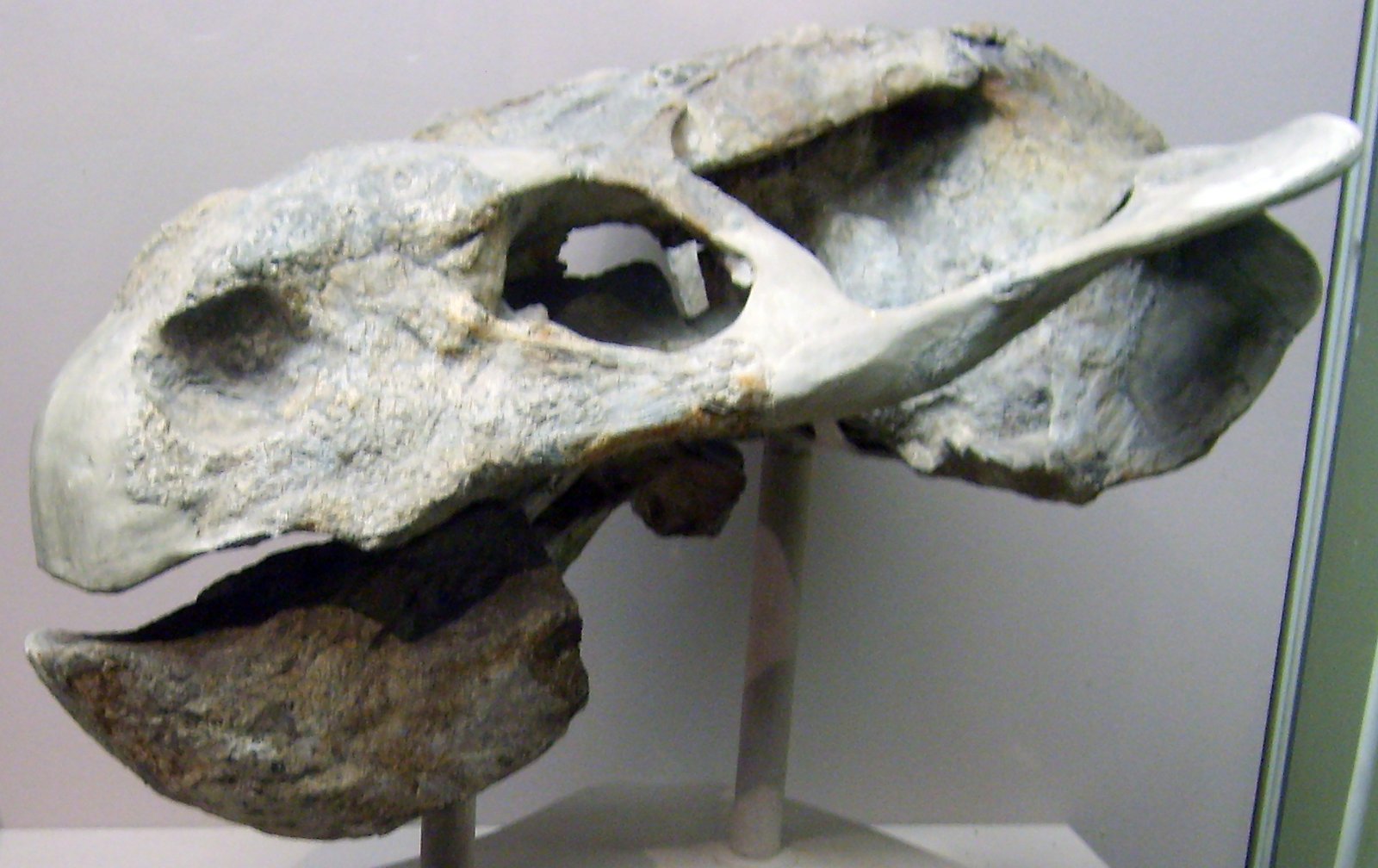
Most roadmaps to dicynodont diversity begin in South Africa’s Karoo Basin, where layered rocks read like library stacks of Permian and Triassic life. From there, the trail stretches across Pangea: Russia’s Urals, China’s basins, India’s Gondwanan sediments, South America’s badlands, and the American Southwest. In some Triassic quarries, herds of dicynodont bones suggest gregarious behavior, or at least repeated use of the same watering holes. The range and abundance tell a story of success – these were among the go-to herbivores for millions of years. A few lineages even reached elephant-like sizes, reshaping our sense of Triassic ecosystems.
Field notes from these sites often mention cracked mud, floodplain sands, and seasonal drought signatures, a setting where a beaked mouth could snip tough stems efficiently. It’s a practical design, especially in landscapes that oscillated between feast and famine.
Life in a Recovering World: After the Great Dying
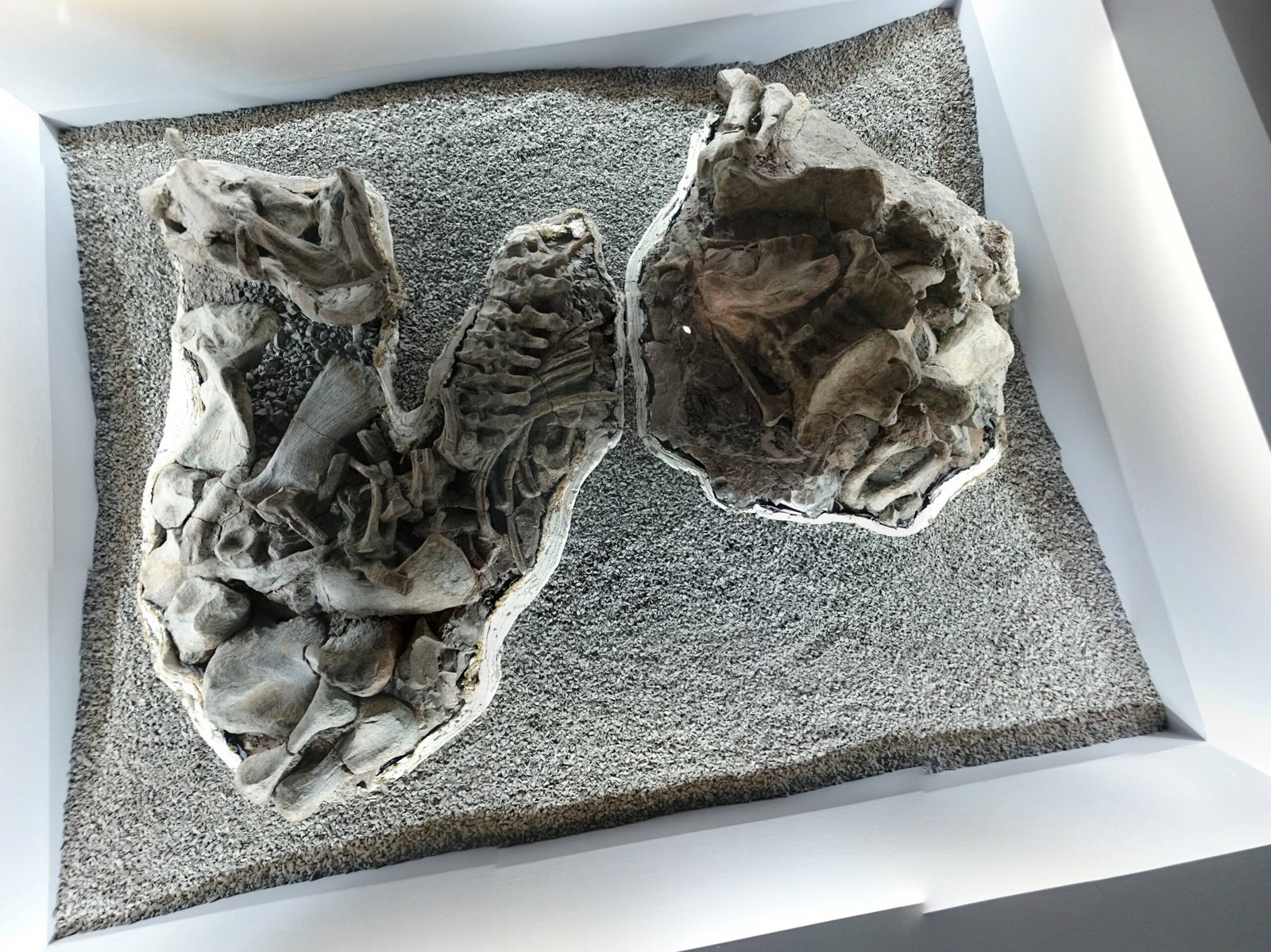
Dicynodonts did more than survive the end-Permian mass extinction; they helped rebuild the scaffolding of land ecosystems. While predators struggled to reassemble their ranks, these beaked herbivores spread into open niches, mowing vegetation and cycling nutrients. Bone growth patterns indicate periods of rapid growth, a possible strategy to outrun pressures in unstable climates. In that way, they acted like ecological shock absorbers, smoothing booms and busts through sheer resilience. Their success set the stage for new predator–prey dynamics that would echo through the Triassic.
Walk a floodplain in your mind’s eye: fern prairies, patchy conifers, river channels blinking in and out with the seasons. In that world, a beaked herbivore with tusks is less a curiosity and more a toolkit on legs.
Why It Matters
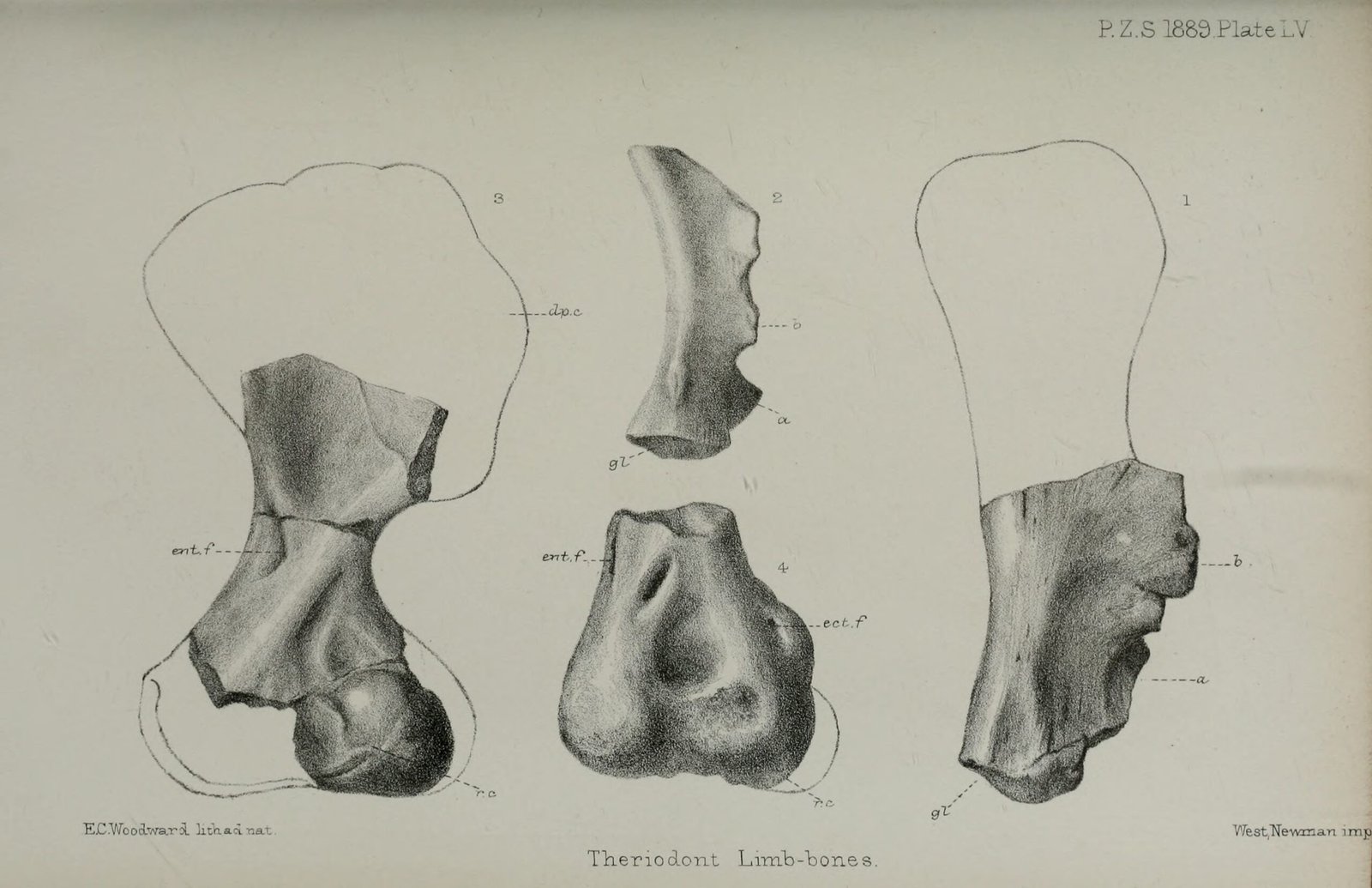
Dicynodonts challenge our reflex to pigeonhole anatomy: saber-like teeth don’t guarantee carnivory, and toothless beaks don’t require a bird. They underline convergence, the way evolution repeatedly discovers beaks for cutting and tusks for signaling or scraping. They also broaden our timeline for mammalian traits – upright-ish postures, fast growth, and complex jaw mechanics were already experimenting on the mammal stem. Against the backdrop of mass extinction, their story doubles as a case study in resilience and recovery. As we interpret modern ecosystems under stress, that deep-time playbook has lessons about flexibility and function.
Put simply, the beak-and-tusk combo isn’t a gimmick; it’s a blueprint that worked across continents and crises. Understanding why it worked helps us read both fossils and living communities more clearly.
From Ancient Tools to Modern Science
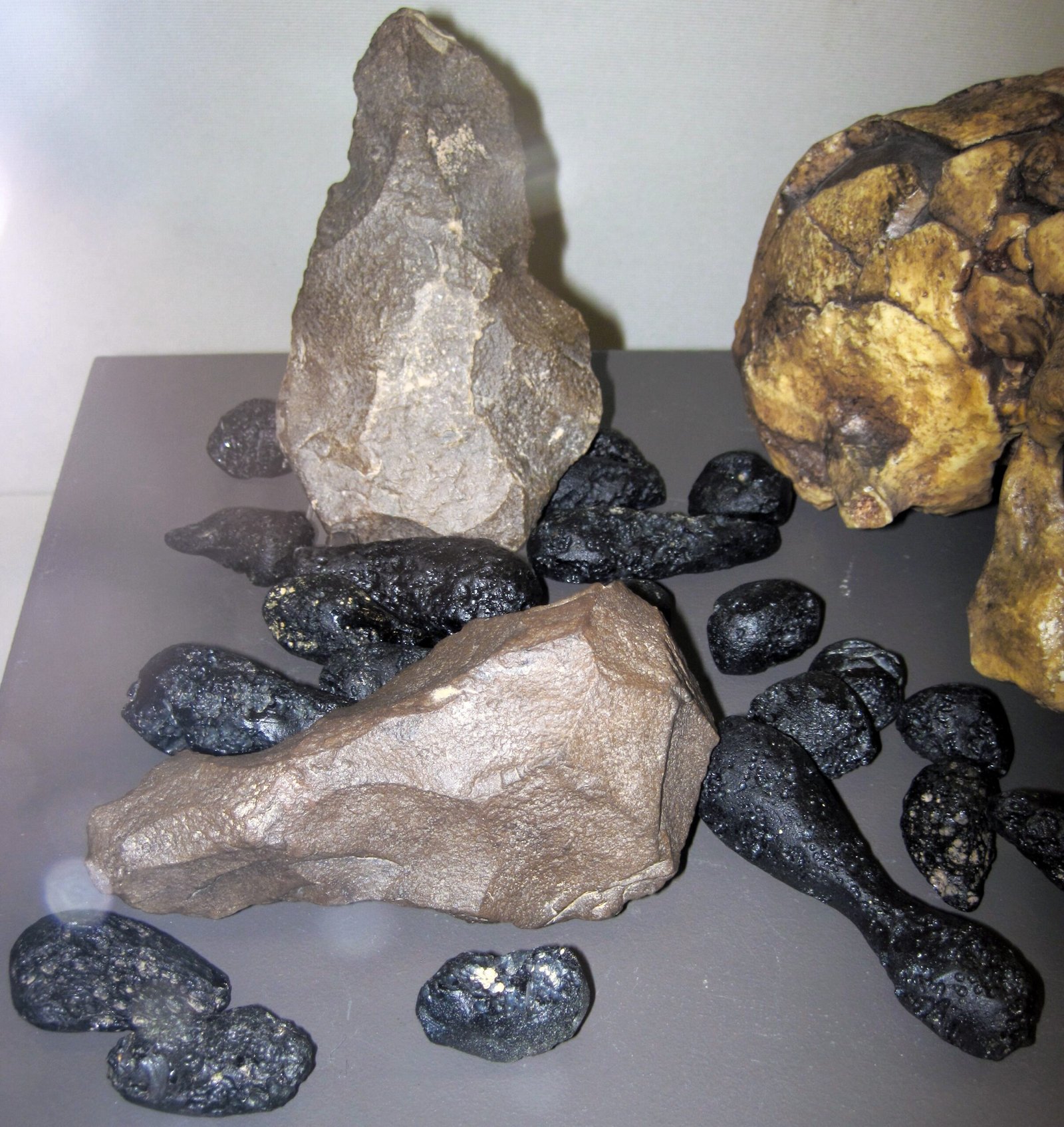
Early collectors mapped dicynodont horizons with notebooks, rulers, and patience; today’s teams add drones for site mapping and handheld spectrometers for quick mineral checks. Synchrotron scans reveal microscopic canals in tusks that ordinary CT can’t resolve, opening windows on growth rates and health. Machine learning sorts fragmentary bones that used to languish in storage, clustering pieces that likely belong to the same skeleton. Virtual reality rigs let researchers test gait and posture hypotheses in simulated terrain before committing to formal models. Together, these tools tighten the feedback loop between field, lab, and interpretation.
There’s a contagious energy in that workflow; I’ve watched students go from quarry dust to code in a week, their fossil turning from rock to behavior on a screen. It’s the rare moment in science where the past and future feel like the same project.
Global Perspectives
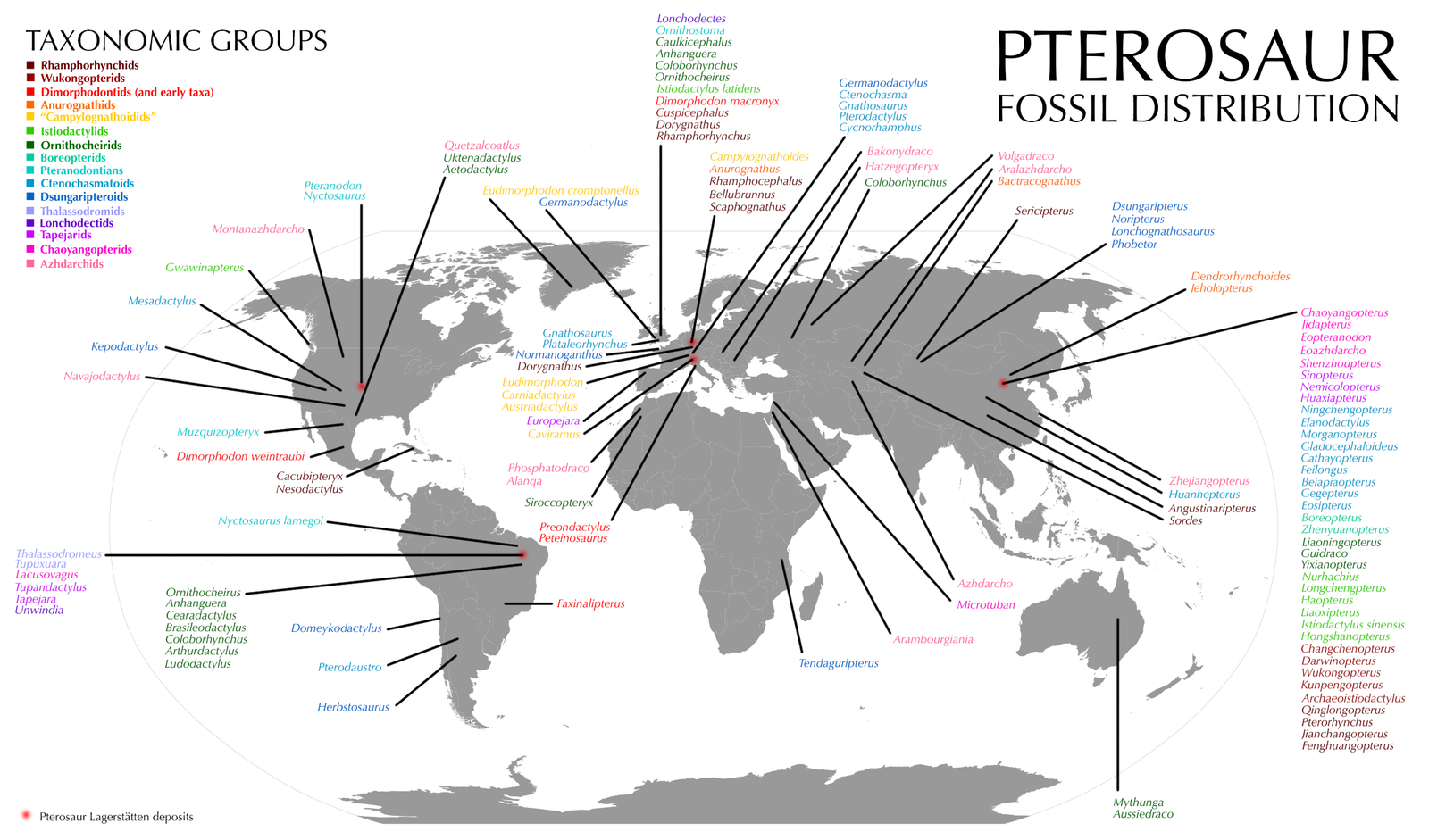
The dicynodont record spans climates from temperate floodplains to monsoonal belts, which makes their fossils valuable climate storytellers. Oxygen and carbon isotopes from tusk dentine can capture shifts in rainfall and plant communities at regional scales. Stratigraphic correlations across Southern Africa, South America, and India link local stories into a genuine global narrative. That breadth keeps researchers honest, because a pattern that repeats across continents is harder to dismiss as sampling bias. It also means a single new quarry can recalibrate timelines for spread, extinction, and recovery.
International collaborations matter here, from shared CT datasets to cross-registered museum inventories. When collections talk to each other, forgotten drawers can become breakthroughs overnight.
The Future Landscape
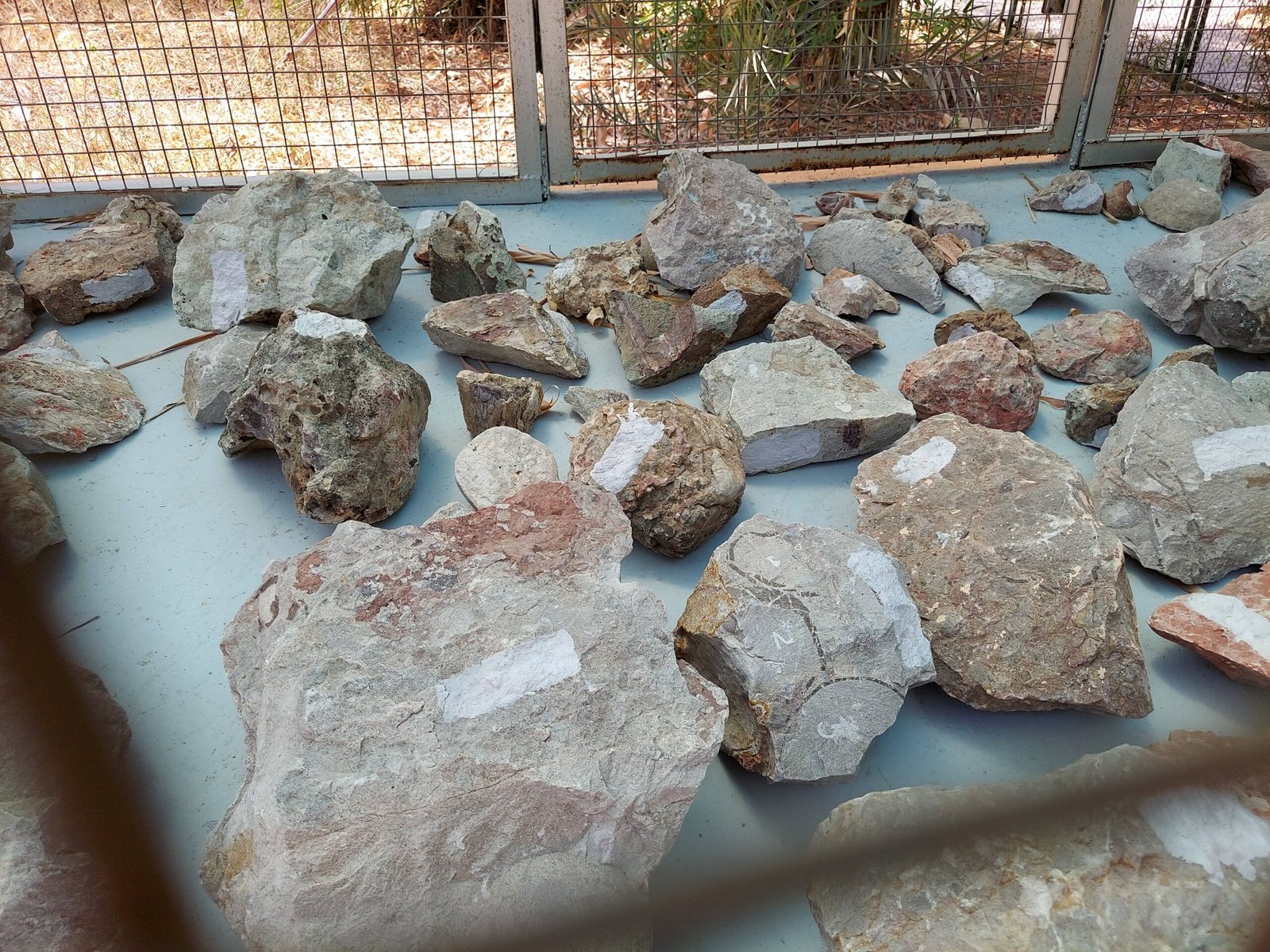
Next-generation fieldwork will likely target under-sampled Triassic rocks in East Africa, Central India, and interior South America, places where dicynodonts probably roamed but left thin paper trails. Portable CT and photogrammetry rigs already shrink the lag between discovery and analysis, catching fragile details before transport. Expect more biomechanical studies tying skull architecture to specific plant diets, with refined models that simulate seasonal dryness and resource crunches. We’ll also see better tests of social behavior through bonebed mapping and high-resolution dating, replacing guesswork with timelines. As datasets grow, integrative models should explain not just how dicynodonts fed, but why their strategy triumphed for so long.
The biggest challenge isn’t technology but access: funding stable surveys, protecting sites from erosion and looting, and training local teams who know the land best. Meeting that challenge will decide how much of this story we recover.
How You Can Engage
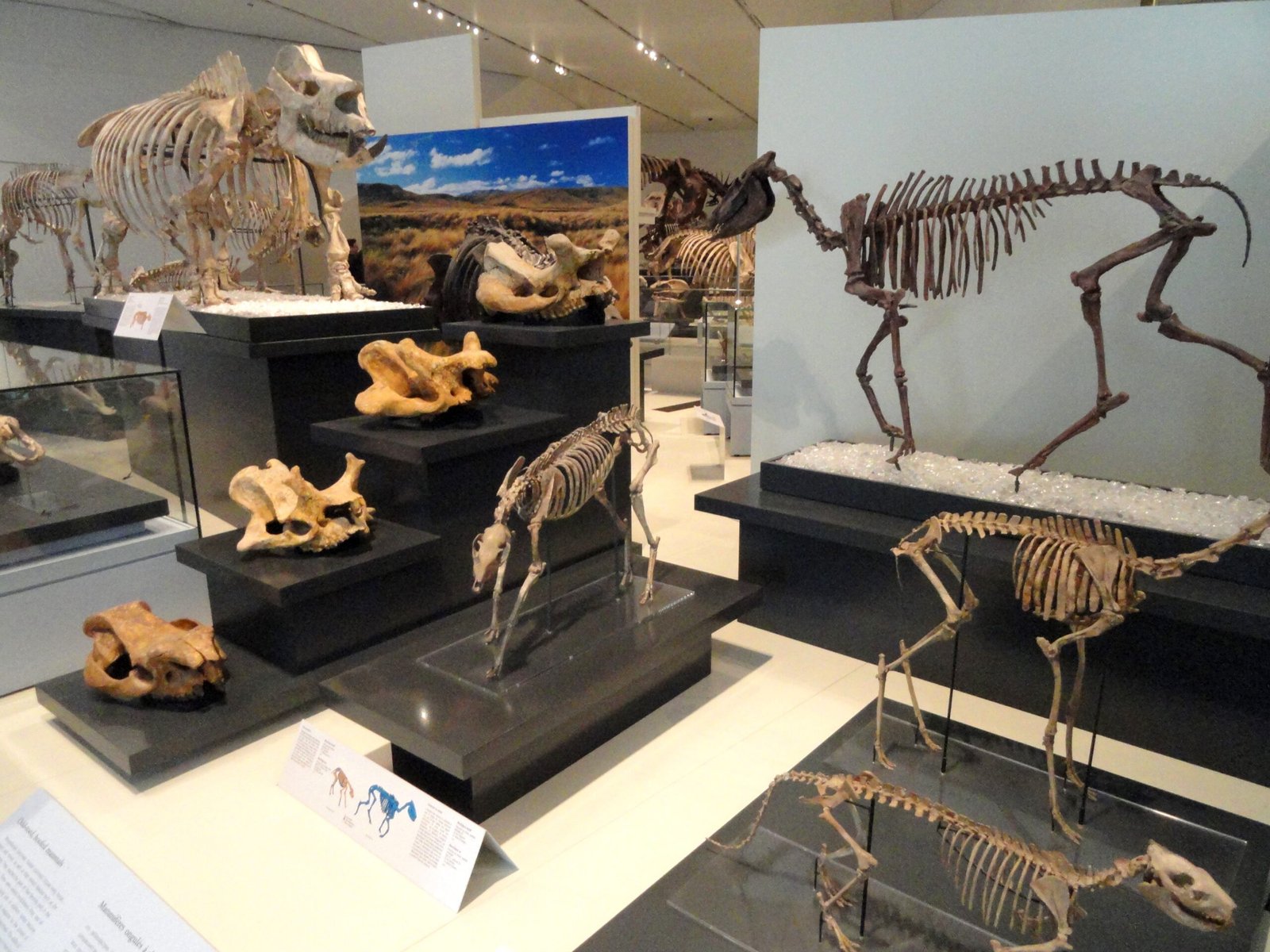
Start local: visit natural history museums and ask about their Permian–Triassic displays, because many hold dicynodont fossils you won’t see in headlines. Support field schools and community digs that teach careful, legal collecting practices rather than souvenir hunting. If you’re a teacher, fold dicynodonts into lessons about adaptation and convergence; a beak with tusks is a memorable gateway to scientific thinking. Follow open-data fossil repositories and share responsible posts when new specimens are released. Small actions amplify when they connect labs, classrooms, and the public.
If you work with tech or design, volunteer skills – 3D modeling, scanning, data wrangling – to help digitize collections. The sooner those scans are public, the faster this strange, resilient lineage tells us more of its story.

Suhail Ahmed is a passionate digital professional and nature enthusiast with over 8 years of experience in content strategy, SEO, web development, and digital operations. Alongside his freelance journey, Suhail actively contributes to nature and wildlife platforms like Discover Wildlife, where he channels his curiosity for the planet into engaging, educational storytelling.
With a strong background in managing digital ecosystems — from ecommerce stores and WordPress websites to social media and automation — Suhail merges technical precision with creative insight. His content reflects a rare balance: SEO-friendly yet deeply human, data-informed yet emotionally resonant.
Driven by a love for discovery and storytelling, Suhail believes in using digital platforms to amplify causes that matter — especially those protecting Earth’s biodiversity and inspiring sustainable living. Whether he’s managing online projects or crafting wildlife content, his goal remains the same: to inform, inspire, and leave a positive digital footprint.

